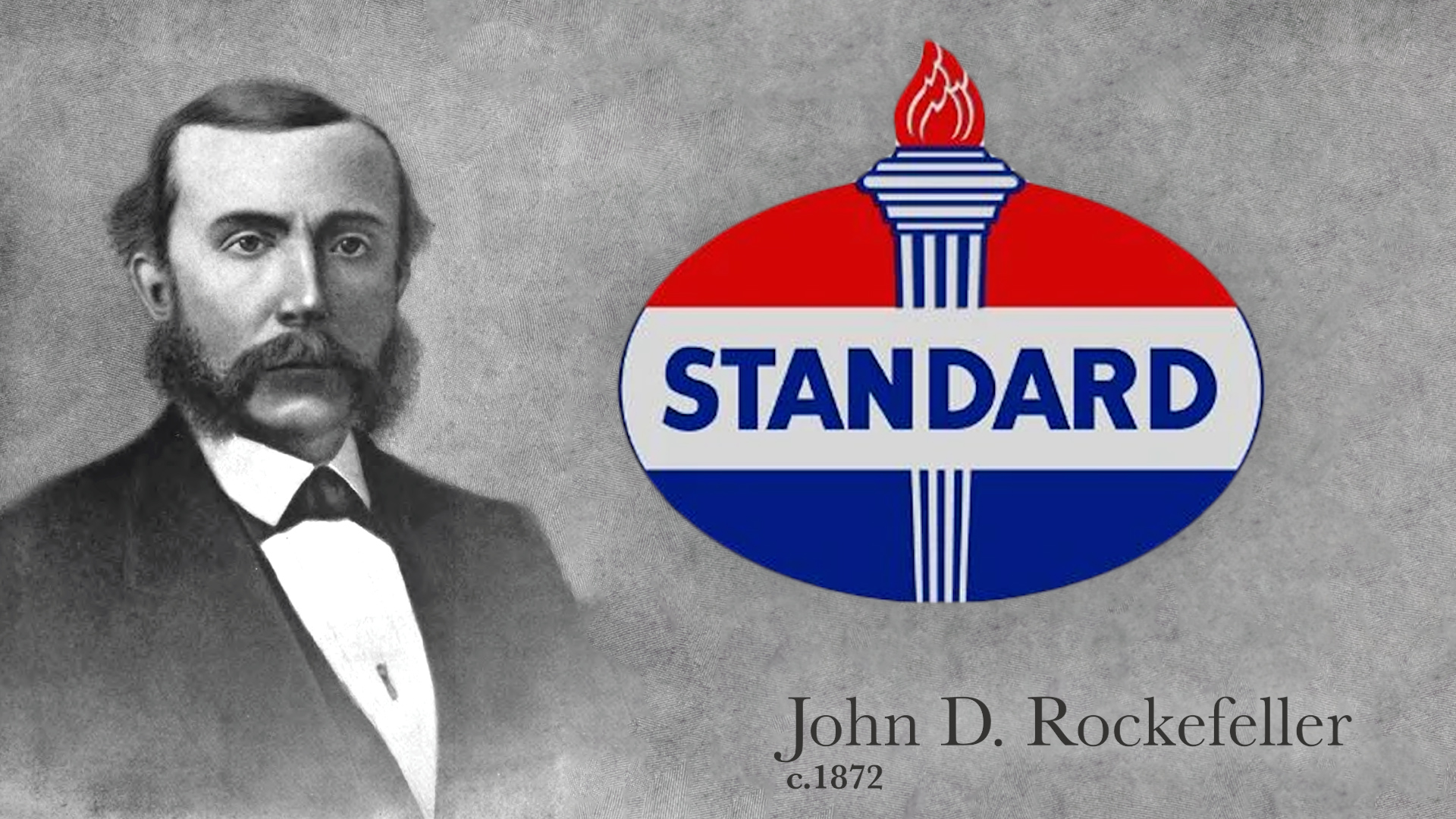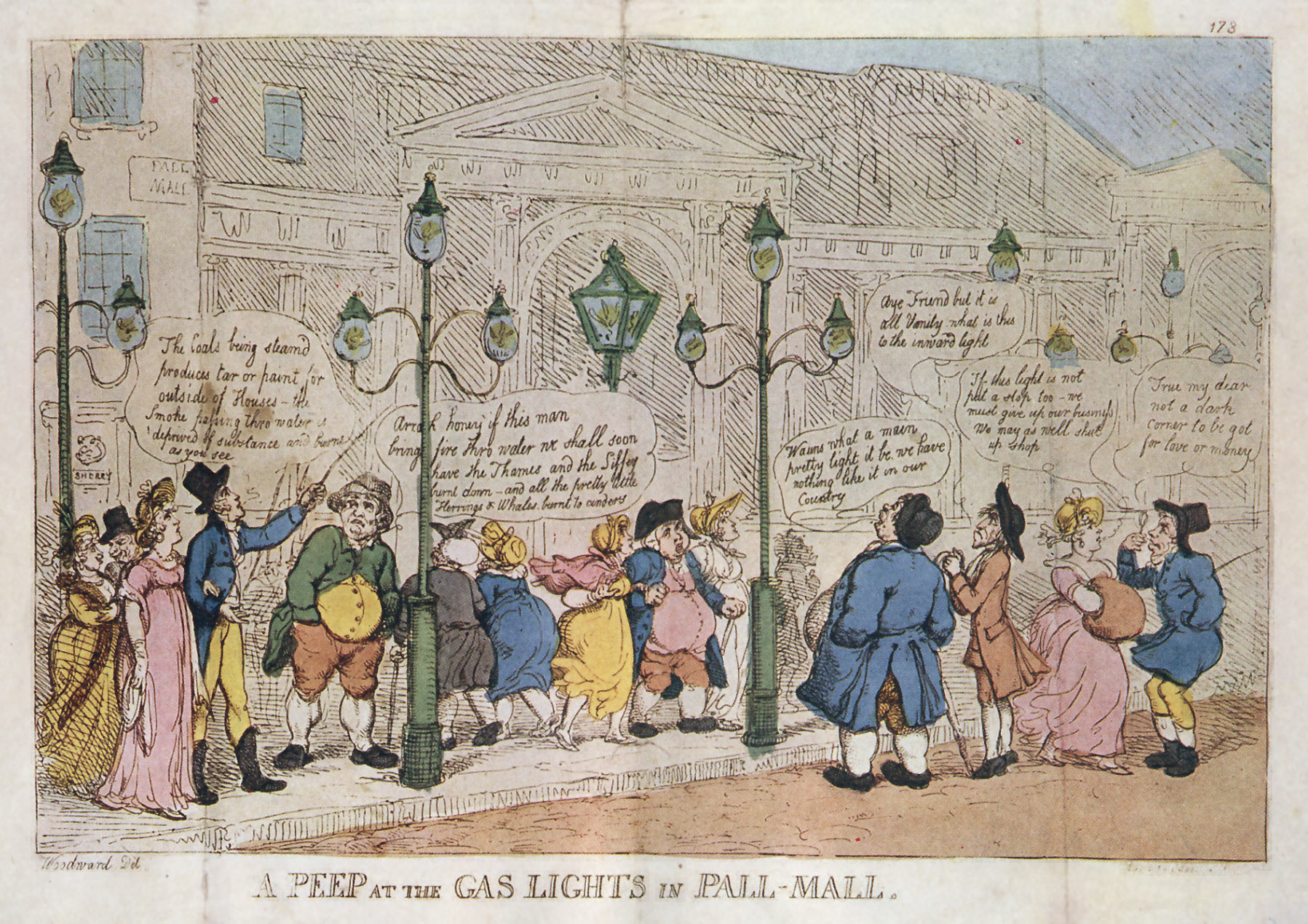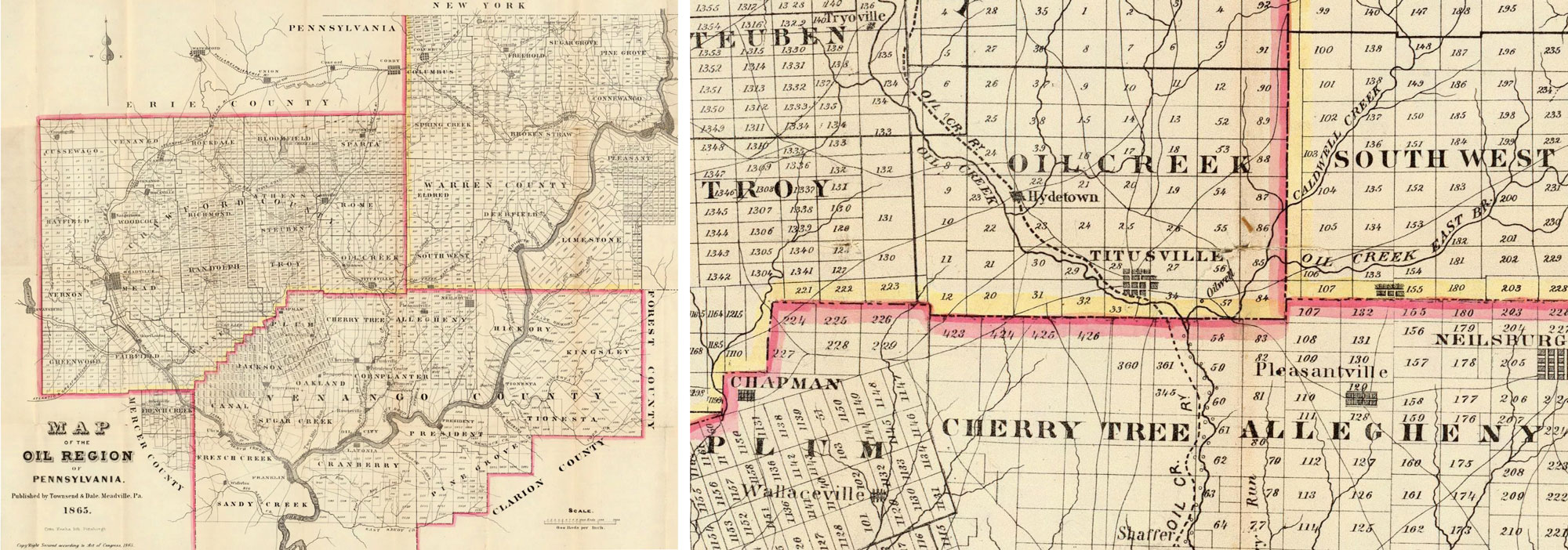The history of oil starts in the dark.
Before the modern era of electricity, once the sun dropped below the horizon, it was dark. If you wanted to do anything after sundown, you needed a source of fuel for fire.
The quest for this fuel led people to do some interesting things with animals.
- The Northwestern US, Native Americans dried salmon and lit them on fire.
- In Scotland, people collected oily birds called petrels, dried them, then shoved wicks down their throat and lit them.
Around 1700, as the world’s population increased and demand for light continued to grow, a new, more robust source of fuel was discovered.

Whale Oil Containers in Antarctica, Photo by Rob Oo
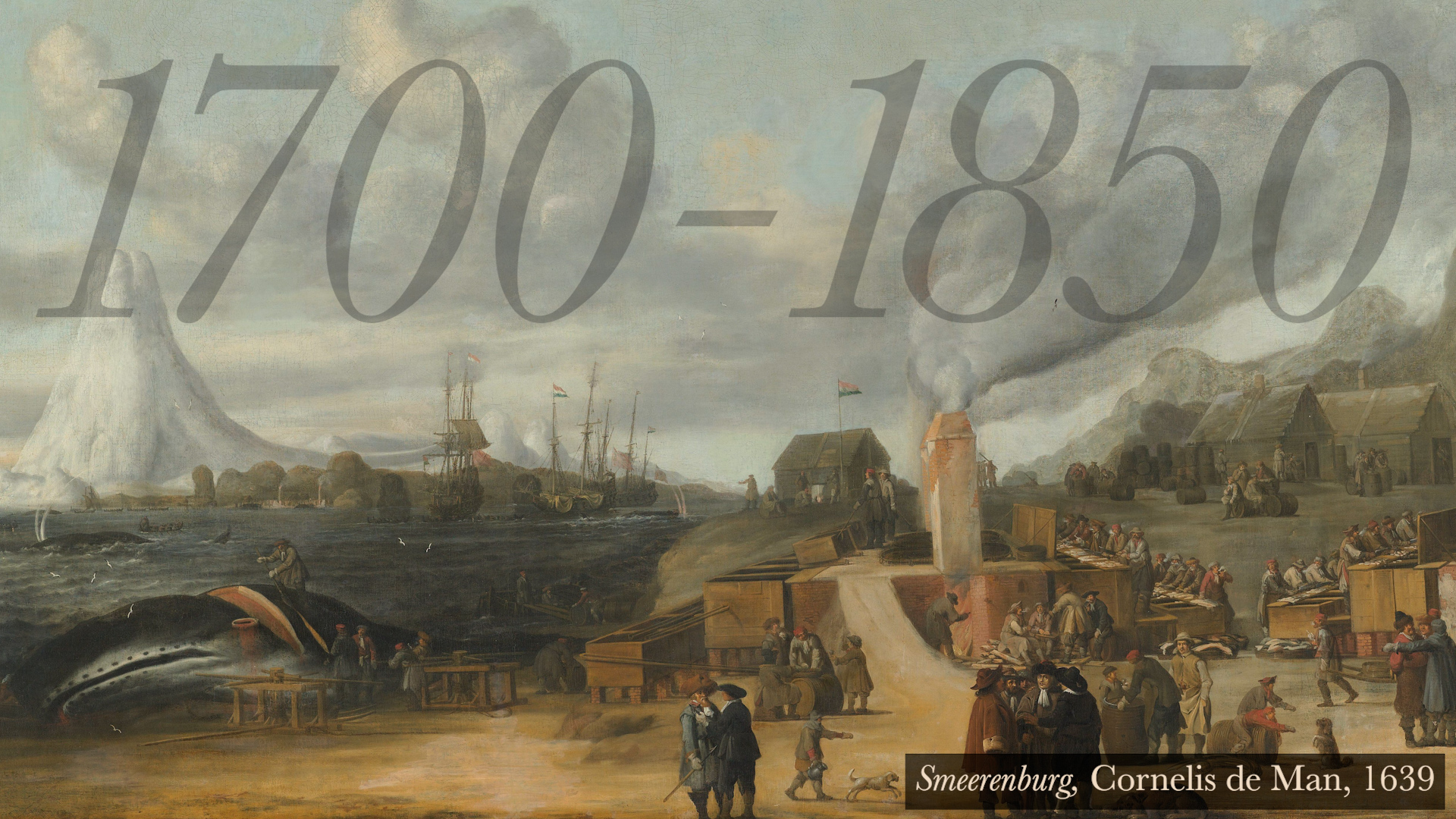
1700: Whale Oil
From 1700-1850, the fuel that lit the houses, governments, and businesses of America and much of Europe was whale oil.
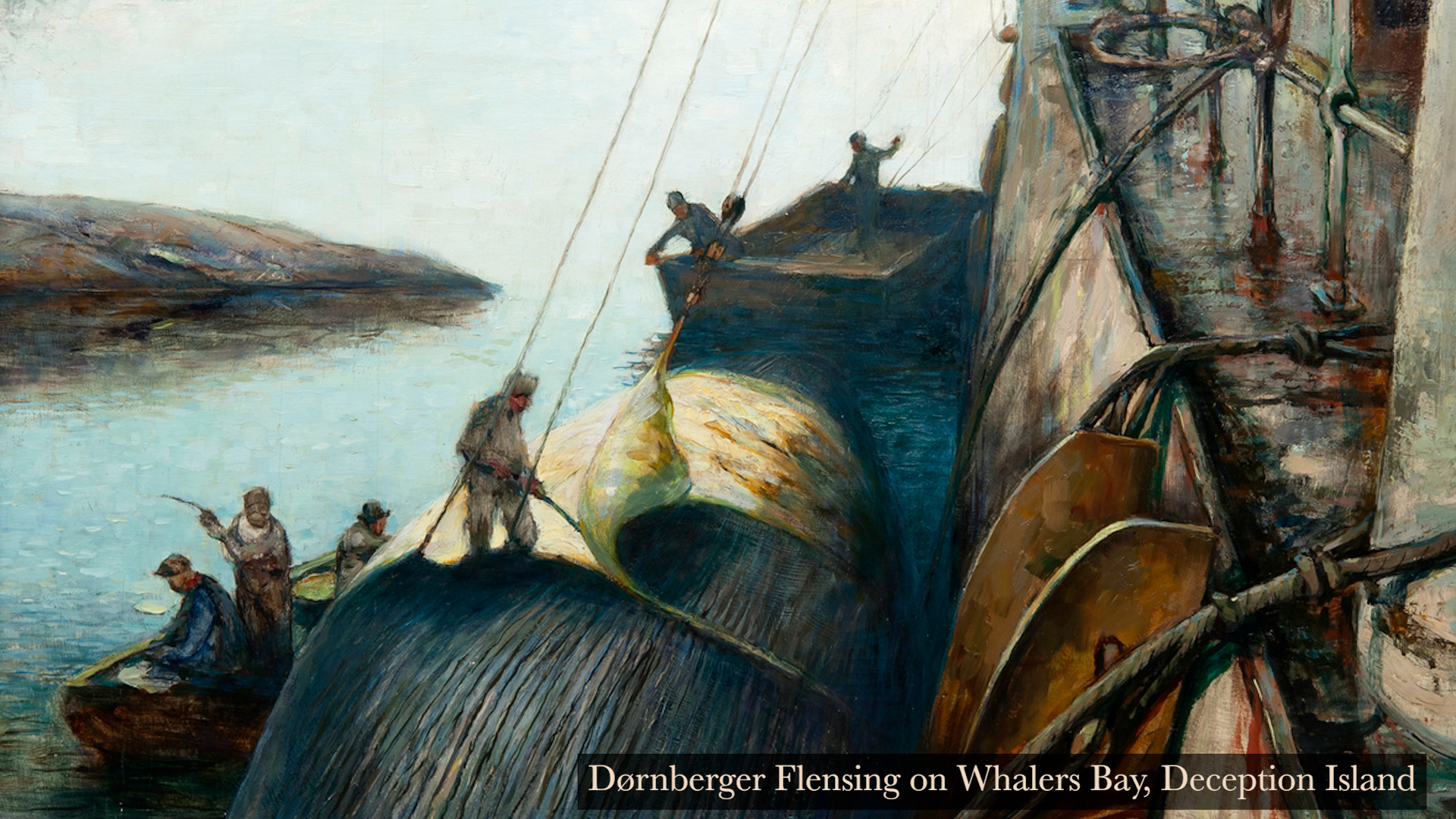
The production process worked like this: Crews of whalers would catch the mighty sea creatures. Then, either beside the boat or back near the shore, they would slice strips of blubber off of the back and head of the whales, a process called “flensing.”
Once collected, the blubber was boiled into oil using large cast-iron kettles called trypots. People used the oil to light lamps as well as in perfume, lubricants, and candles.
Modern whaling made many people wealthy, particularly in the United States. In 1846, it was the fifth largest industry in the US, boasting 735 ships out of 900 in the world. But things were about to change.
1846: Kerosene in Canada
The way an industry evolves is someone comes up with a more efficient way to do something. In 1846, Canadian geologist and inventor Abraham Gesner did just that.
Through his research, Gesner developed of a process to refine a liquid fuel from coal, bitumen, and oil shale.
This new discovery burned more cleanly and was easier to produce than whale oil. This meant it was much less expensive as well—$0.10-$.025 per gallon compared to approximately $1.50 per gallon for whale oil. He called his new invention kerosene.
In 1850, Gesner created the Kerosene Gaslight Company and began installing lighting in the streets in Halifax and other cities.
By 1854, he had expanded to the United States where he created the North American Kerosene Gas Light Company in Long Island, New York.
Street lights started popping up, and rather than hiding in their homes, people started actually going out at night.

Oil Well in Titusville, PA, Photo from Drake Well Museum, PHMC Bureau of Historic Sites and Museums
1860: Oil in Pennsylvania
Many people picture Texas when they think of crude oil production, but the first breakthrough in this fossil fuel came 1500 miles to the northeast.
In 1858, an academic named George Bissel was traveling through rural Pennsylvania when he noticed some locals skimming a dark liquid off the top of a creek.
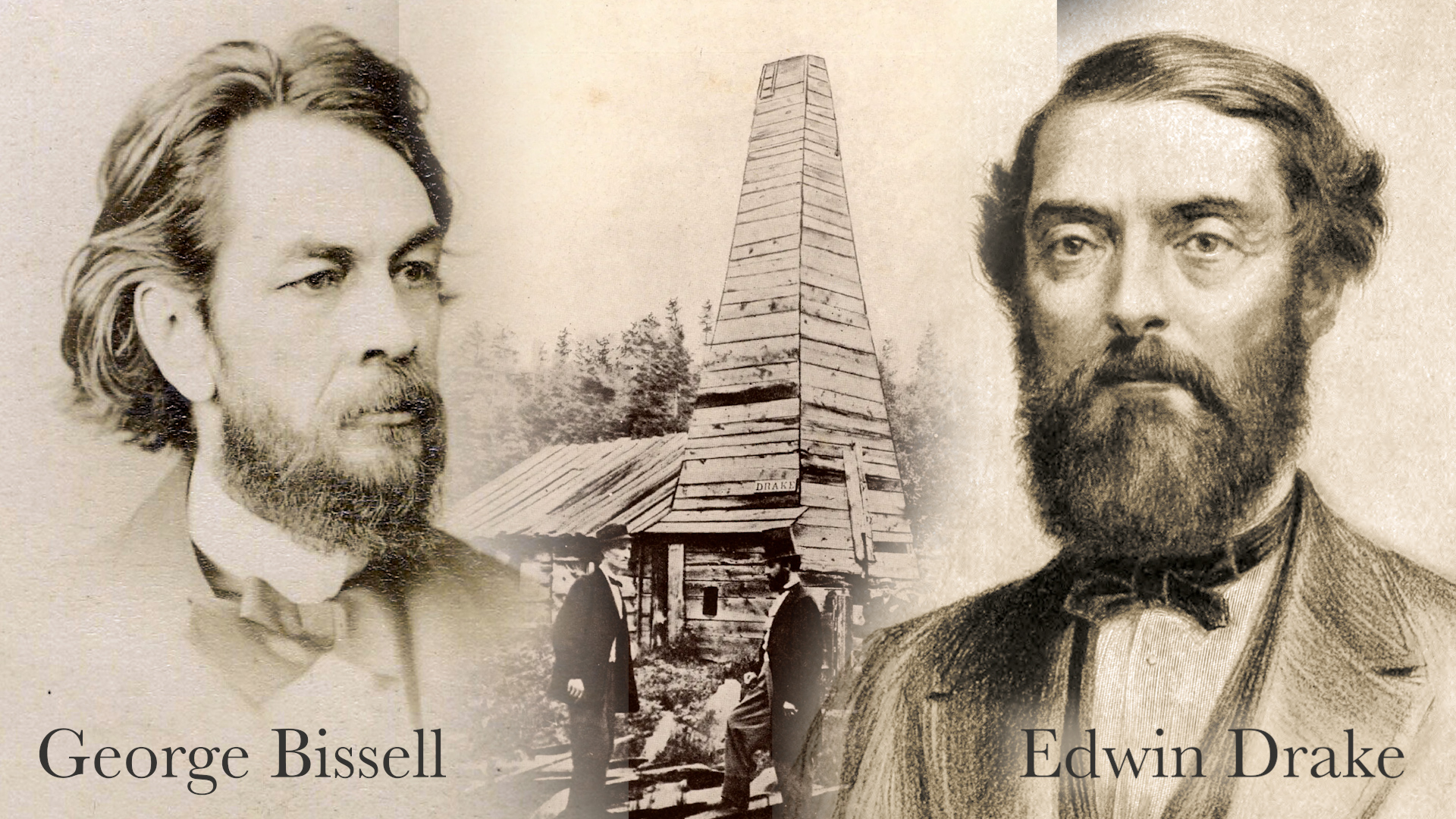
Bissel took some of the liquid back to Dartmouth and ran tests that showed its potential as a source of fuel.
He contacted a local retired railroad conductor, handyman, and jack-of-all-trades named Edwin Drake. The two formed an unlikely partnership around a radical idea: they wanted to drill for oil just like people drilled for water.
They secured a meeting with banker and financier James Townsend and pitched him the plan. Townsend bit, and in 1859 Drake set out for the small town of Titusville, PA, to go wildcatting.
On Sunday, August 28, 1859 Drake’s driller, William “Uncle Billy” Smith, came out to peer into the well, and saw dark fluid floating on top of the water.
On Monday, when Drake arrived, he found Uncle Billy and his crew standing guard over tubs, washbasins, and barrels filled with oil.
Drake attached a hand pump and began to do exactly what he had dreamed about: pump a fuel source up from underground.
By the end of 1859, wells had sprung up throughout the new oil country.
These early wells produced approximately 4,500 barrels that year.
In 1860, wells in northwestern Pennsylvania produced several hundred thousand barrels, and by 1862 production reached three million barrels. The nation’s oil bonanza had begun, and huge fortunes would soon be made.
However, it would not be a straight upward trajectory. The rapid growth in production led to an oil glut and the price quickly dropped, driving many producers out of business.
The price drop was a boon for customers, though, who flocked to the cheap new fuel source.
Petroleum was experiencing its first boom and bust cycle. It continued to spike and drop in the first volatile decade after its discovery until a shrewd, visionary businessman named John D. Rockefeller organized a company called Standard Oil of Ohio.
